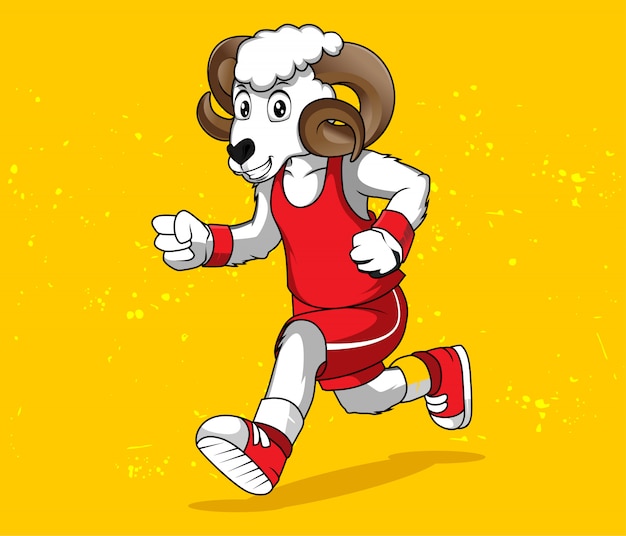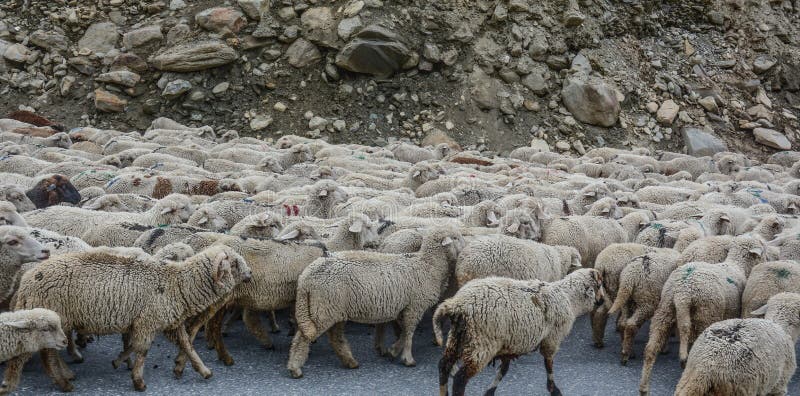
The upland breeds of sheep found in Cumbria The Chancellor of the Exchequer in Parliament is still seated on “The Woolsack” in recognition of wool’s historic value. The main income from sheep today is the sale of their lambs, but in times past the wool was equally important. They have been the mainstay of the economy from time out of mind. Many regional dishes use lamb.Ĭumbria without sheep would not be Cumbria. Mutton, the meat of a fully grown sheep, once staple fare throughout the country but no longer produced in any quantity, can still occasionally be bought in the Lake District, where it comes from Herdwick sheep. Lambs born later do not reach the shops until further on in the year and have a more mature flavour.

Sheep produce their lambs in spring and the youngest tenderest meat is available from June to August. The North Country Mule is a cross breed common in Cumbria.

Many hill farms have “fell rights” on which to pasture sheep, cattle and occasionally ponies. The Herdwick and Rough Fell in particular have been shepherded generation on generation, possibly back to early medieval times, to their own hill territory or “heaf”, to which they will always return. The Herdwick, the Rough Fell and their close neighbour the Swaledale have been bred and reared to withstand the climate. The sheep population of Cumbria is around three million. Huge numbers of sheep are reared on the hill farms and moorlands of Cumbria. The Sheep Breeds in Cumbria and the Lake District Sheep at Crag End Farm, Embleton


 0 kommentar(er)
0 kommentar(er)
